History
In the dawn of the nineteenth century, Norway’s industrial landscape was fragmented, lacking the necessary infrastructure for product specialization. The scarcity of resources necessitated local production of everything from food and clothing to tools, education, and healthcare. In this pre-industrial milieu, in the small village of Gjövik, the factory “Brusveen Spiger- og Staltradfabrikk” was established by Hans Skikkelstad in 1832. Later, Skikkelstad’s son-in-law Ole Hovelsen Mustad (1810–84), took over the company with his son Hans Mustad (1837–1918) and changed its name to O. Mustad & Søn.
O. Mustad & Søn flourished and soon became a leading supplier of assorted metal goods, such as steel wire, nails, tacks, horseshoe nails, fish hooks, shipbuilding spikes, paper clips, and various other wire-based articles.
Rapid expansion through mechanical ingenuity
In the latter half of the previous century, Mustad pioneered advanced machinery for the automated manufacture of horseshoe nails. This technological leap created a decisive competitive edge and led to rapid expansion and growth largely through exports to various European countries. In the same period, the company’s fishhook business grew substantially. Advanced machinery and new production methods developed by Mustad’s in-house engineers led by the technical genius Mathias Topp, together with hook makers from leading English manufacturers, solidified the company’s standing in the fishhook market.


The bold vision of Hans Mustad transforms the company
In the 1880s, Norwegian trade restrictions impeded Mustad’s expansion, prompting Hans Mustad, the third-generation owner, to steer the company toward internationalization with remarkable courage and foresight.
Between the 1890s and 1920s, Hans Mustad and his sons expanded the company dramatically, acquiring more than 300 businesses across Europe and establishing state-of-the-art Mustad factories in key markets. By the mid-1920s, the Mustad Group had become the dominant force in the European horseshoe nail industry.
During this same period, the fishhook division experienced rapid global growth. New models were continuously developed, new markets were opened, and Mustad’s sales teams travelled the world—building business relationships even in the most remote corners of the globe. At its peak, the Mustad product portfolio included more than 105,000 different hook types and sizes, ensuring that even the most demanding customers could find exactly what they needed.
With up to 3,500 employees and operations in 13 countries, Mustad stood as a global leader in automated manufacturing of both horseshoe nails and fish hooks.
Innovations and anecdotes
Mustad’s success was underpinned by technological breakthroughs in metallurgy, particularly in steel wire products like horse shoe nails, paper clips, needles, hairpins, carding tools, and fish hooks alongside diverse products like zippers, door-handles, and roofing fixtures. Other developement projects, more surprising perhaps were motor scooters, cars, lawn mowers, automatic spreaders for sand, salt, and fertilizer. Other more successful products were wood stoves, frying pans, hammers, axes, waffle irons and other household hardware.
Mustad Margarin
Another venture of Mustad was into margarine production, a division that thrived for nearly a century before being divested in 1996.
Triumphs and trials
The Mustad company has survived every major economic upheaval in war and peace. After the Second World War the company lost all its factories behind the Iron Curtain; about two-thirds of its activities and several thousand employees. The company’s decentralized, independent structure allowed the rest of the organization to survive and grow. Even during times of war and economic strife Mustad has continuously invested in improving the quality of their products, always trying to stay ahead of the global competition.
Mustad Longline
The history of Mustad Automated Longline Systems began in the 1960’s with the recognition of the potential for automation in commercial linefishing operations. In response to the evolving needs of the fishing industry, Mustad set out to develop cutting-edge technology to streamline longline fishing operations. By automating the deployment, retrieval, and baiting processes, Mustad was able to enhance the efficiency, productivity, and sustainability in commercial linefishing. Over the years, the Mustad Autoline System has undergone continuous refinement and innovation. Advanced robotics, sensors, and control systems are integrated into the design to optimize performance and reliability in challenging marine environments. Mustad Autoline AS was established as an independant company in 2004 and remains under the ownership of the Mustad family.
Mustad Autoline today
All Mustad Autoline products are produced in Gjøvik, Norway, by a highly educated and dedicated team committed to delivering the world’s leading autoline solutions. With new technology, we bring longline fishing into the future, setting new standards for performance, safety, and reliability.
We invest up to 15% of our turnover in R&D and hold nearly 90% of the global market share in demersal autolining systems. This success is not only due to the trust placed in Mustad Autoline by its customers, but also to a strong partnerships formed. Customer needs, recommendations, and real-world experience are taken seriously, driving continuous improvements that make good products even better.
By prioritizing efficiency enhancements, safer working conditions, and responsible care for the environment, Mustad Autoline supports a thriving future for longline fisheries—ensuring that generations to come can benefit from modern, sustainable, and dependable longlining technology.

